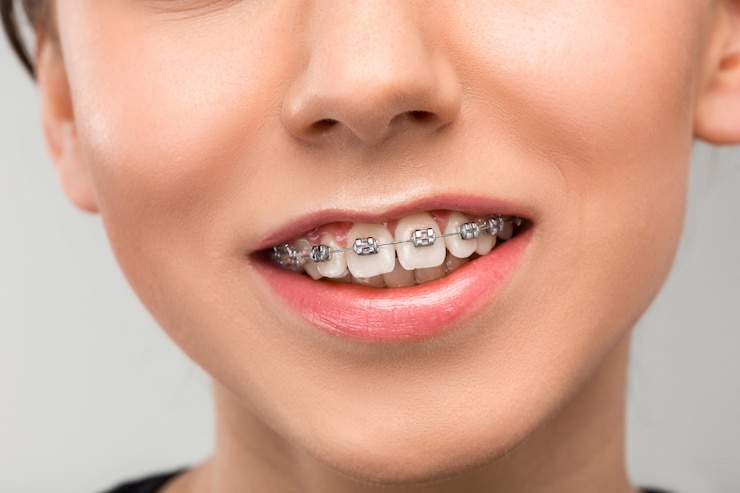Braces are one of the most popular and effective solutions for correcting dental issues, including gaps between teeth. These spaces, also known as diastemas, can be caused by a variety of factors such as genetics, thumb sucking, or abnormal jaw development. If you're wondering whether braces can be used to close these gaps, the answer is a resounding yes. Let's explore the Braces in Dubai treatment.
How Braces Help Close Gaps Between Teeth
Braces use a system of brackets, wires, and bands that work together to gradually shift the position of your teeth. For individuals with gaps, braces apply continuous pressure to move the teeth into their ideal positions, closing the spaces over time. The process typically involves tightening the braces at regular intervals to ensure proper alignment.
Once the braces are in place, they exert pressure on the teeth, causing them to shift towards one another, effectively closing the gaps. This is a slow process, but the result is a more uniform and beautiful smile.
Types of Braces for Closing Gaps
There are various types of braces available, each suited for different needs and preferences. The main types include:
Metal Braces – Traditional metal braces are the most common and effective type for closing gaps. They consist of metal brackets attached to each tooth, connected by a wire.
Ceramic Braces – Ceramic braces work similarly to metal braces but are less noticeable due to their tooth-colored appearance. They are a great option for those who want a less conspicuous treatment.
Lingual Braces – These braces are placed on the inside of your teeth, making them virtually invisible. While they are effective for closing gaps, they may take longer to adjust to and require more maintenance.
Invisalign – Although not technically braces, Invisalign aligners can also be used to close gaps. These clear, removable trays gradually shift teeth into alignment without the need for traditional metal brackets.
Benefits
Braces offer several benefits when it comes to closing gaps between teeth:
- Permanent Results – Once the treatment is complete, the gaps are closed permanently, offering long-lasting results.
- Improved Aesthetic Appeal – Braces help create a more uniform and attractive smile, improving self-confidence and oral aesthetics.
- Improved Oral Health – Closing gaps with braces can also improve overall oral health. Gaps can make it difficult to properly clean your teeth, leading to plaque buildup and potential cavities. By closing these gaps, you can maintain better oral hygiene.
- Functional Benefits – Gaps between teeth can cause issues with chewing or biting. Braces help to restore proper function by aligning the teeth and closing the gaps.
How Long Does It Take to Close Gaps with Braces?
The time it takes to close gaps with braces can vary depending on the size of the gaps and the type of braces used. On average, the process takes anywhere from six months to two years. Your orthodontist will be able to provide a more accurate timeline based on your individual needs.
FAQs
1. Can braces close large gaps between teeth?
Yes, braces are highly effective at closing both small and large gaps. The treatment duration may vary depending on the size of the gap.
2. How long will I need to wear braces to close a gap?
It typically takes anywhere from six months to two years, depending on the gap size and type of braces used.
3. Are there alternatives to braces for closing gaps?
Yes, alternatives include dental bonding, veneers, or Invisalign aligners, which may be suitable for some individuals.
4. Can braces fix gaps in only one tooth?
Yes, braces can be used to close gaps between one tooth or several teeth, depending on the specific needs of the patient.
5. Do braces cause any pain when closing gaps?
While braces do create pressure on the teeth, any discomfort is usually mild and temporary. It can be managed with over-the-counter pain relief.
Conclusion
Braces are an excellent solution for closing gaps between teeth, offering both aesthetic and functional benefits. Whether you're dealing with small spaces or larger gaps, there are a variety of brace types available to meet your needs. With proper care and regular adjustments, you can achieve a beautiful, gap-free smile and enjoy improved oral health for years to come.





Comments